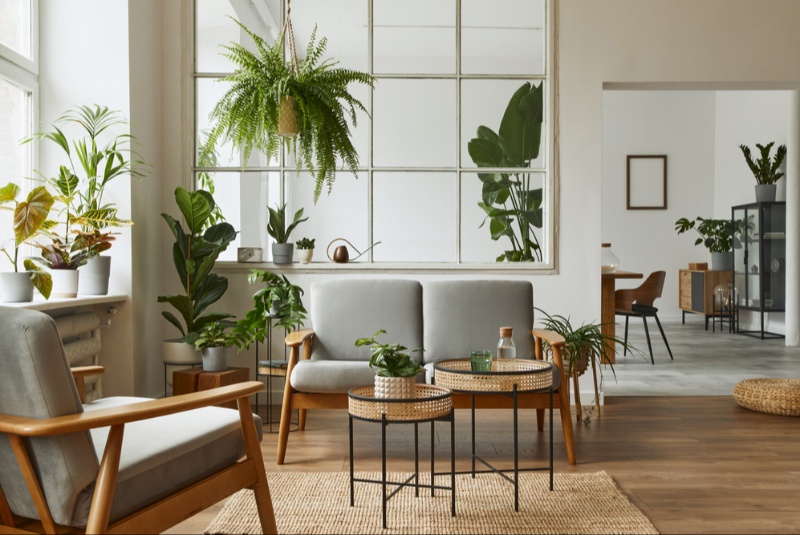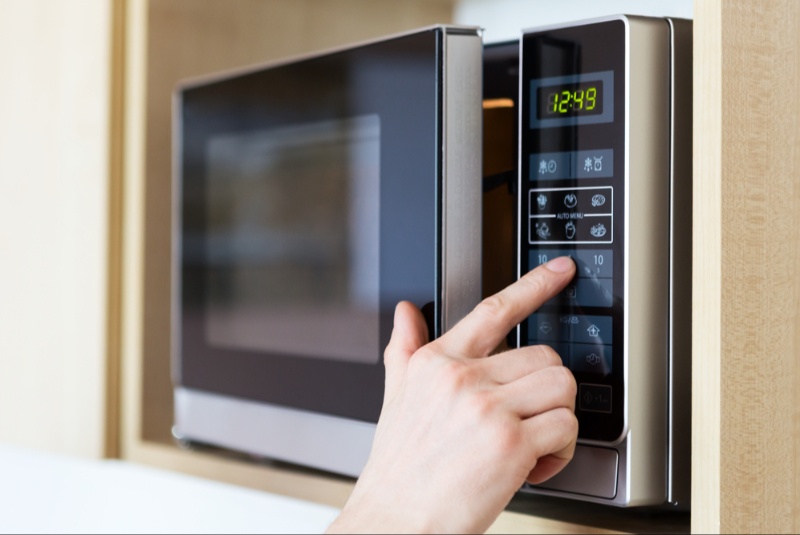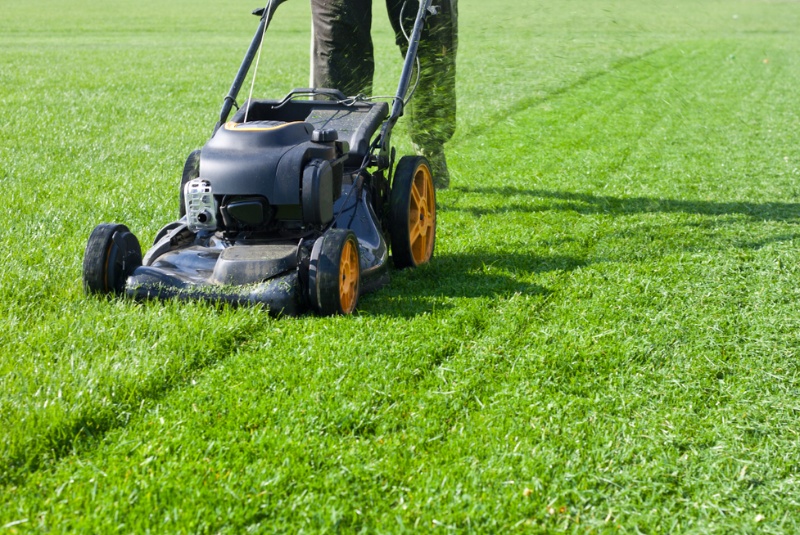Indoor plants have surged in popularity in recent years, gracing homes, offices, and cozy cafe corners with their lush presence. Not only do they beautify spaces, but they also provide a host of benefits including improved air quality, increased humidity, and even psychological well-being. However, before you dash to the nearest nursery or e-shop, it's essential to arm yourself with knowledge to make the best choice. This comprehensive guide will outline key considerations to ensure you invest in the perfect plant for your environment.
1. Understand Your Space
Light: Every plant has specific light requirements. Understand the lighting condition of your space before making a decision. Categories usually include:
- Low light: Diffused or indirect sunlight, like those in rooms with north-facing windows or no windows.
- Medium light: Direct sunlight for about half the day.
- High light: Bright, direct sunlight for most of the day.
Temperature & Humidity: Some plants thrive in warmer temperatures, while others prefer a cooler environment. Similarly, while cacti prefer arid conditions, ferns enjoy high humidity. Invest in a digital hygrometer to know the humidity level of your room if you're uncertain.
2. Decide on the Plant's Purpose
Aesthetic vs. Functional: While most plants serve both purposes, understanding your primary motivation will guide your choice. For instance, if you're looking for an air-purifying plant, you might lean towards a snake plant or peace lily. For purely aesthetic reasons, an ornamental plant like a rubber tree might be apt.
3. Gauge Your Commitment Level
Time & Maintenance: Do you have a green thumb, or do you struggle to keep even a cactus alive? Plants, like pets, require varying levels of care. Succulents, for instance, require minimal attention, while orchids can be a bit more demanding.
Watering Needs: Overwatering is a common mistake. Each plant will have its watering rhythm, so it's essential to know whether your choice needs frequent watering or can survive on less.
4. Consider Pet and Child Safety
Some indoor plants are toxic when ingested. If you have pets or young children, it's crucial to ensure the plants you bring home are non-toxic. Examples of toxic plants include certain lilies, poinsettias, and philodendrons.

5. Size & Growth Considerations
Plants, given the right conditions, will grow. Ensure you have adequate space for your plant to flourish. Also, consider the mature size of the plant; what starts small may not remain so.
6. Budget Constraints
While most indoor plants are reasonably priced, some rare varieties can be pricey. Factor in additional costs like pots, soil, fertilizers, and potential re-potting expenses.
7. Disease and Pest Resistance
No one wants pests or diseases in their home. Some plants are more susceptible to pests like spider mites or aphids. Research and opt for plants that are naturally more resistant, or be prepared for potential treatments.
8. Longevity and Life Span
While some plants can thrive for years with proper care, others have a shorter lifespan. Understand the lifecycle of your chosen plant, especially if you're looking for a long-term companion.
9. Allergy Considerations
Some individuals might be allergic to certain plants. If anyone in your household has allergies, ensure the plant won't aggravate their condition.
10. Adaptability to Environment
Lastly, some plants adjust better to varying conditions. If your home environment fluctuates often (be it light, temperature, or humidity), consider plants known for their adaptability, like ZZ plants or pothos.
Purchasing an indoor plant isn't a task to be taken lightly. It's a commitment, albeit a delightful one. With the right knowledge and considerations, you can enhance your living space with a green companion that not only looks good but feels right at home. Happy planting!




